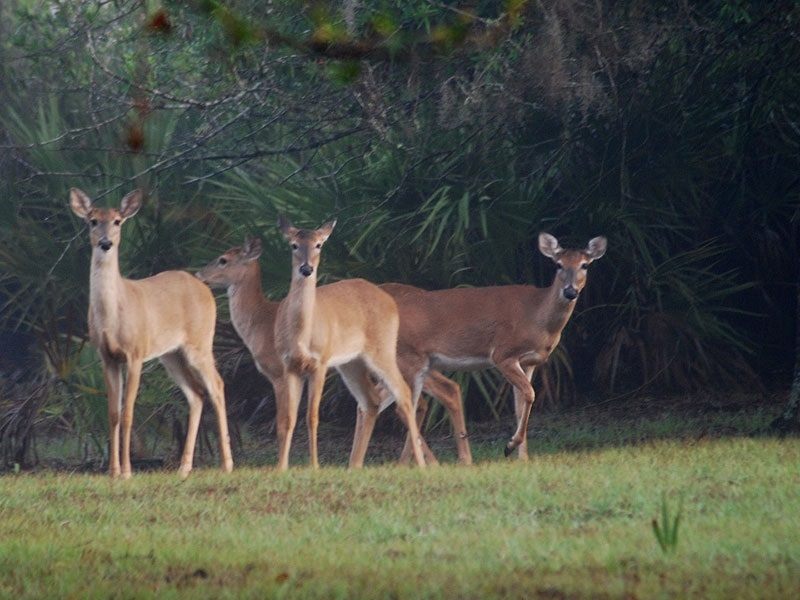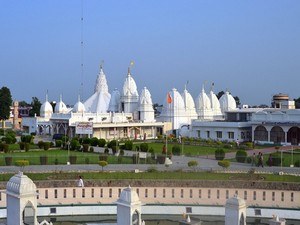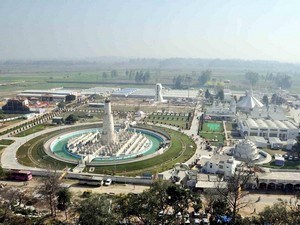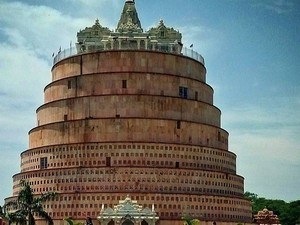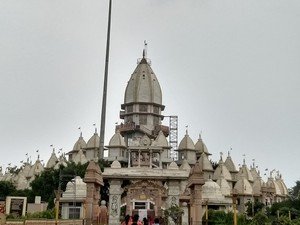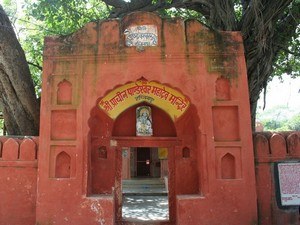Hastinapur Wildlife Sanctuary, Hastinapur - Timings, Entry Fee, Safari Cost, Safari Booking, Best Time to Visit
 #6 of 12 Places to Visit in Hastinapur
#6 of 12 Places to Visit in Hastinapur
 Distance (From Hastinapur Bus Station): 4 Kms
Distance (From Hastinapur Bus Station): 4 Kms
 Trip Duration (): Not Available
Trip Duration (): Not Available
 Transportation Options: Cab
Transportation Options: Cab
 Travel Tips: None
Travel Tips: None
At a distance of 4 km from Hastinapur Bus Station, Hastinapur Wildlife Sanctuary is a protected area in the Gangetic plains of Uttar Pradesh. Lies on the Northern tip of the River Ganga, it is one of the must-visit tourist destinations in Hastinapur.
Hastinapur Wildlife Sanctuary was established in 1986 and covers 2,073 km2 across Meerut, Muzzafarnagar, Ghaziabad, Bijnor, Meerut, and Amroha districts. The sanctuary is named for the ancient city of Hastinapur, which lies on the west bank of the Boodhi Ganga. Also called Hastinapur National Park, the area has been declared a sanctuary to protect and conserve the ecology and biodiversity of the Ganga basin. The sanctuary has a variety of landforms and is a mixture of different habitats such as wetland, marshes, dry sand beds, and gently sloping ravines. The vegetation can be classified into tall wet grasslands, dry short grasslands, scrubs, and plantations.
The grassland of the sanctuary holds a variety of flora, avifauna, and a population of Swamp deer and Hog deer. Other mammalian species recorded here include Blackbuck, Nilgai, wild boar, Golden jackal, Jungle cat, and Fishing cat. Along with rich mammalian fauna, the sanctuary is home to 180 species of birds along with a large congregation of migratory waterbirds visiting the area during winter. Asian Openbill has established several colonies while Sarus crane is also recorded to breed here. The Shuk Dev Temple in this sanctuary has a 72-feet tall statue of Lord Hanuman. People visit here from all around the country.
Everyone is permitted to enter Hastinapur Wildlife Sanctuary but there are strict rules that must be followed. Visitors must not wear bright colors so as not to attract the attention of the animals. Visitors are allowed to use transport like mini-bus, jeeps, and closed cars for tourist purposes. This is a great way to cover a lot of ground in the sanctuary and for guides to take tourists to see rare animals.
The sanctuary can be visited all-round the year, but the best time to visit is from November to March.
Timings: 6 AM - 5 PM
Entry: Free



